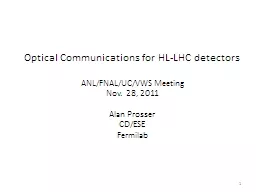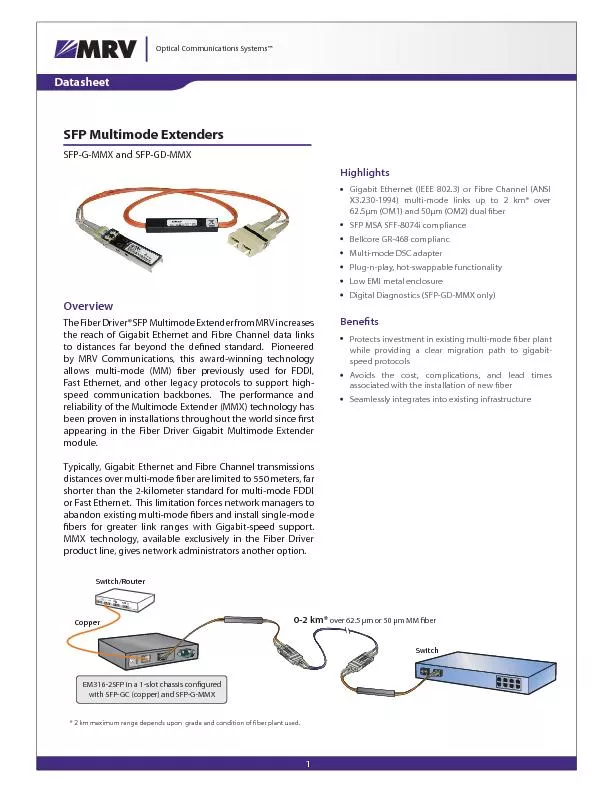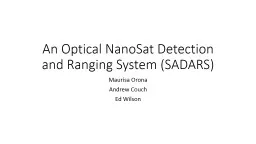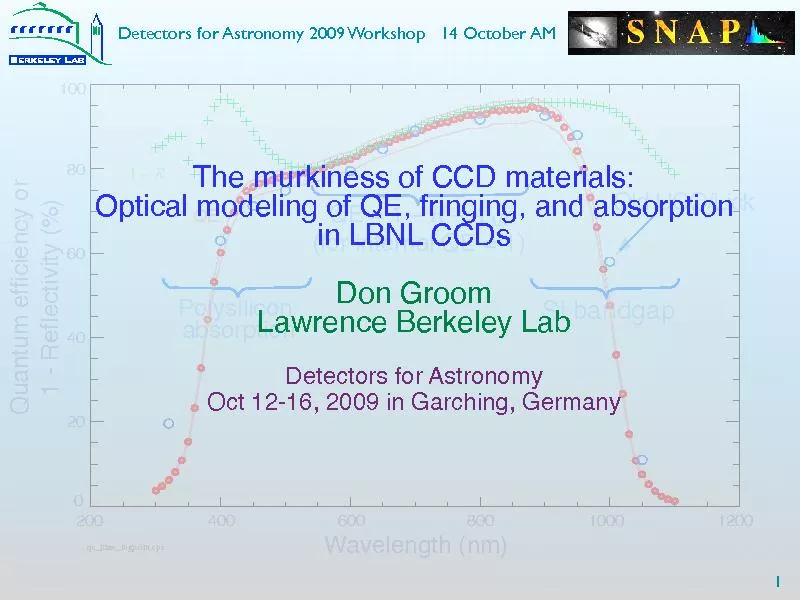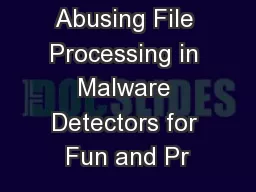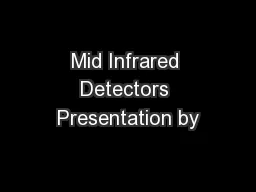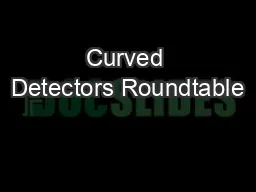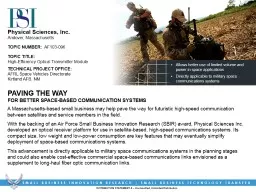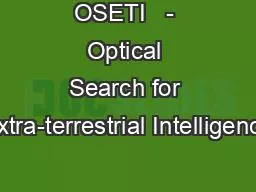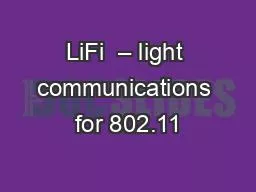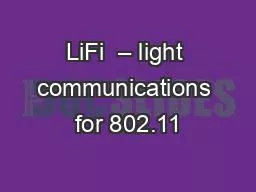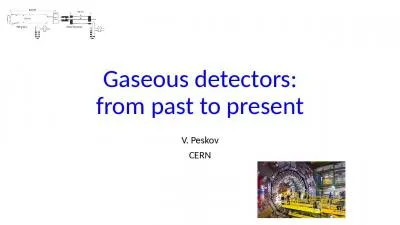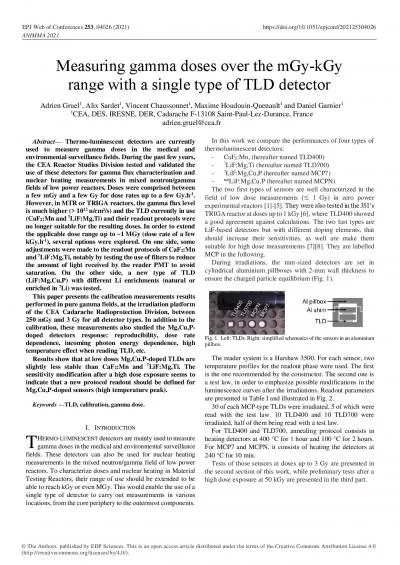PPT-Optical Communications for HL-LHC detectors
Author : kittie-lecroy | Published Date : 2018-11-07
ANLFNALUCVWS Meeting Nov 28 2011 Alan Prosser CDESE Fermilab 1 Optical Communications for HLLHC Motivation Subdetectors for the HLLHC will require more ondetector
Presentation Embed Code
Download Presentation
Download Presentation The PPT/PDF document "Optical Communications for HL-LHC detect..." is the property of its rightful owner. Permission is granted to download and print the materials on this website for personal, non-commercial use only, and to display it on your personal computer provided you do not modify the materials and that you retain all copyright notices contained in the materials. By downloading content from our website, you accept the terms of this agreement.
Optical Communications for HL-LHC detectors: Transcript
Download Rules Of Document
"Optical Communications for HL-LHC detectors"The content belongs to its owner. You may download and print it for personal use, without modification, and keep all copyright notices. By downloading, you agree to these terms.
Related Documents

